Understanding Tenderness
What is a Tenderness?
Tenderness, a term frequently encountered in medical examinations, refers to the discomfort or pain experienced by a patient upon touching a specific area of the body.
Tenderness is an objective signal that medical professionals elicit during physical examinations, in contrast to pain, which is subjective and varies widely throughout individuals. The purpose of this article is to clarify the importance of tenderness in clinical practice, as well as its mechanisms, assessment, and patient care consequences.
Clinical Significance of Tenderness
Tenderness is an important sign of injuries or underlying disorders. For example, localized soreness over a joint may indicate arthritis, whereas abdominal tenderness may indicate an organ’s inflammation or an underlying infection.
Clinicians can limit potential diagnoses and guide additional investigations and treatment strategies by having a thorough understanding of the different patterns and sites of tenderness.
Mechanisms of Tenderness
Complex connections between nociceptive pathways, pain receptors, and sensory pathways contribute to the feeling of tenderness. Nerve fibers carry information when pressure is applied to a tender location, which causes the person to experience pain or discomfort. Psychosocial variables like stress and anxiety can also affect how tenderness is perceived, emphasizing the complex relationship between emotional and physical health.
Evaluation and Assessment
Practitioners use a variety of methods, including palpation and light pressure, to generate soreness during physical examinations. Precise diagnosis and tracking of the course of the disease depend on the methodical evaluation and recording of sore spots, including their location and intensity. Complementing other clinical data with the presence or absence of soreness improves the overall assessment of a patient’s health.
Clinical Implications
In many different medical professions, tenderness has important clinical implications. It aids in the diagnosis and surveillance of rheumatoid arthritis and fibromyalgia in the field of rheumatology.
Tenderness assessment in gastroenterology helps to diagnose disorders affecting the abdomen, such as inflammatory bowel disease or appendicitis. Additionally, monitoring changes in pain over time helps to guide therapy adjustments and measure treatment response.
Challenges and Limitations
Tenderness assessment is useful, although it presents difficulties in clinical practice. Differences in patients’ pain thresholds and perceptions can affect how serious they feel their soreness to be.
Furthermore, it is important to use caution when differentiating tenderness from other sensations such as pain or soreness in the muscles, particularly in patients who have comorbidities or overlap in their symptoms.
Treatment of Tenderness
The underlying cause and contributing variables of tenderness play a major role in how it is treated. The following are some standard methods for handling tenderness:
Addressing Underlying Conditions:
Determine and address the underlying cause of the soreness, such as inflammation, strained muscles, or arthritis.
Treatment options may include physical therapy, lifestyle changes, antibiotics, muscle relaxants, anti-inflammatory medicines, and/or surgery, depending on the diagnosis.
Pain Management:
Ibuprofen and naproxen, two nonsteroidal anti-inflammatory medicines (NSAIDs), may help lessen pain and inflammation caused by soreness.
For mild to severe pain, acetaminophen, often known as paracetamol, might be utilized.
Localized pain relief may be achieved with topical analgesics, such as creams or patches that contain capsaicin or lidocaine.
Rest and Immobilization:
Pain can be lessened and healing can be accelerated by resting the affected region and avoiding activities that make it more sensitive.
For some injuries or disorders, immobilization with bracing or splinting may be required to allow tissues to heal properly.
Physical Therapy:
Physical therapy methods such as massage, manual therapy, strengthening exercises, and moderate stretching can assist reduce muscle tension, increase flexibility, and speed up the healing process.
A physical therapy program may also include modalities like electrical stimulation, heat or cold therapy, ultrasonography, and acupuncture to address pain and soreness.
Lifestyle Modifications:
Reducing strain on muscles and joints can minimize soreness. Some strategies to aid with this include maintaining a healthy weight, implementing ergonomic principles, and practicing excellent posture.
It may also be helpful to stay away from activities that make tenderness worse and to practice stress-reduction methods like mindfulness or relaxation exercises.
Dietary Changes:
Dietary changes may help lessen pain and inflammation in diseases like gout and inflammatory bowel disease. For individualized nutritional advice, speaking with a medical professional or certified dietitian is advised.
Psychological Support:
The quality of life and mental health can be significantly impacted by persistent pain and soreness. The emotional components of living with tenderness may be managed by getting help from mental health specialists, taking part in support groups, or learning coping mechanisms like cognitive-behavioral therapy (CBT).
Medication Adjustments:
It might be required to speak with a healthcare professional to change the dosage or go to an alternate drug if tenderness is a side effect of any current ones.
In general, treating soreness necessitates a thorough and customized strategy based on the patient’s preferences, general health, and the underlying cause. In order to create a treatment plan that works and maximizes results, patients and healthcare providers must work together.
Summary
In summary, tenderness is an important clinical symptom in medicine that offers crucial hints for treating and diagnosing a variety of illnesses. Comprehending the causes, assessment methods, and clinical consequences of tenderness improves physicians’ capacity to provide patients with comprehensive treatment.
Clinicians can further enhance patient outcomes and quality of life by accepting innovations in assessment and care and resolving difficulties.
FAQ
What is tenderness in medical terms?
Tenderness in medicine refers to pain or discomfort felt while touching an affected area. It is not the same as the pain that a patient feels when nothing touches them. Tenderness is an indication that a doctor elicits, whereas pain is the patient’s experience.
What is tenderness in the abdomen?
Abdominal tenderness: The pain that you experience when pressure is applied to a specific spot of your abdomen (the abdomen) is known as abdominal point tenderness. The front, rear, and side body views are the three that might assist you in locating a particular body part.
What is tenderness on palpation?
Palpable tenderness denotes symptoms that are objectively painful. This study examined the relationship between occlusion and the soreness of the temporomandibular joint and muscles in patients with temporomandibular disorder.
What is the difference between tender and sore?
On the other hand, soreness is typically characterized as “tender,” or a burning sensation in your muscles that, depending on how much stress and tension the affected muscle has received, may start to go away in a few hours or days. Pain normally does not gradually decrease in intensity as much as soreness does.
Is tenderness a soreness?
Muscle Soreness
This condition is known as Delayed Onset Muscular Soreness (DOMS) and is caused by minor, safe injury to muscle fibers. Your muscles might feel tight and achy during this time, and they might be sensitive to touch.
Is stomach tenderness normal?
Generally speaking, abdominal pain indicates inflammation or other acute processes in one or more organs. Abrupt pressure is referred to as an acute process. For instance, point tenderness may be caused by twisted or obstructed organs.

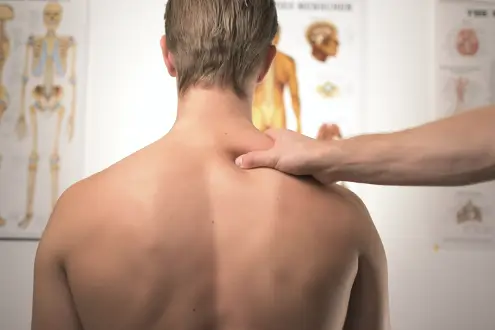

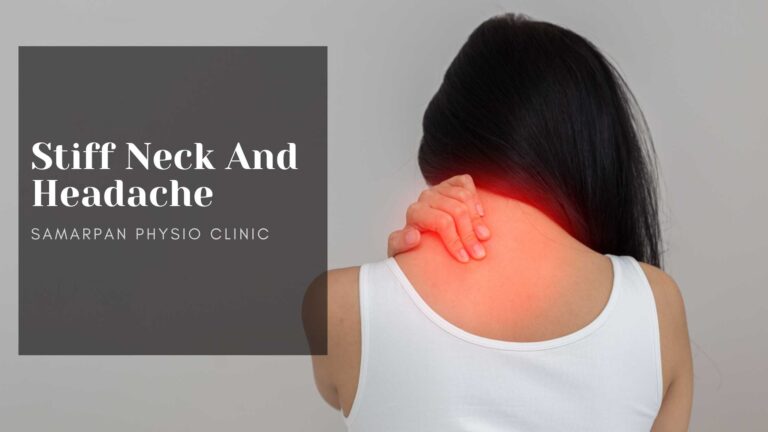
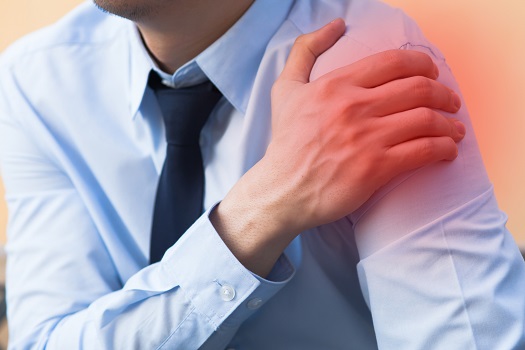
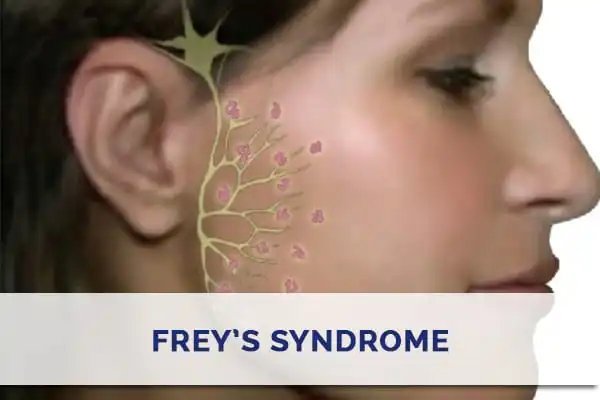
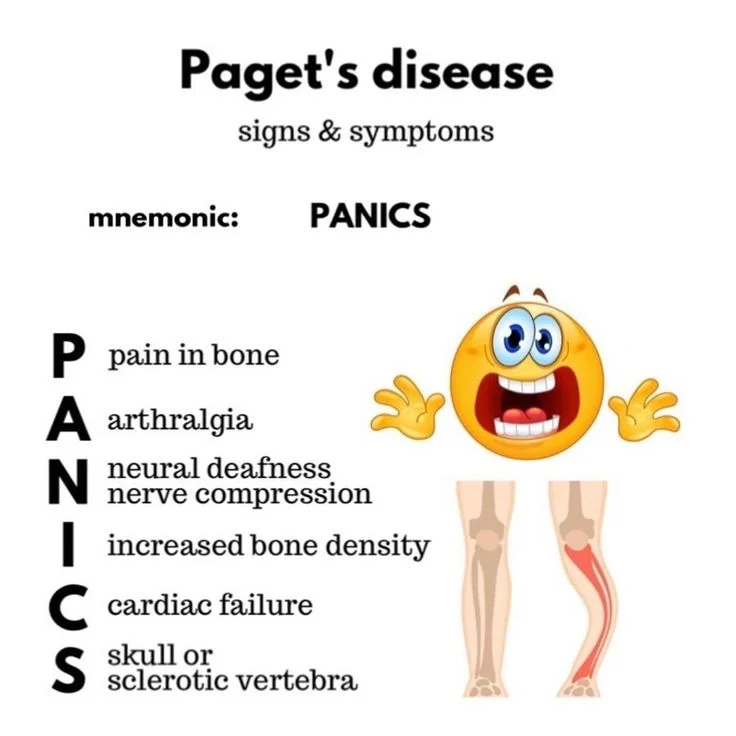
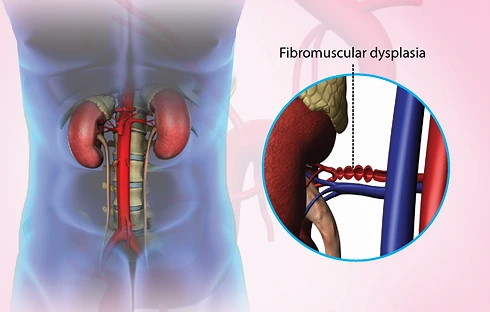
4 Comments